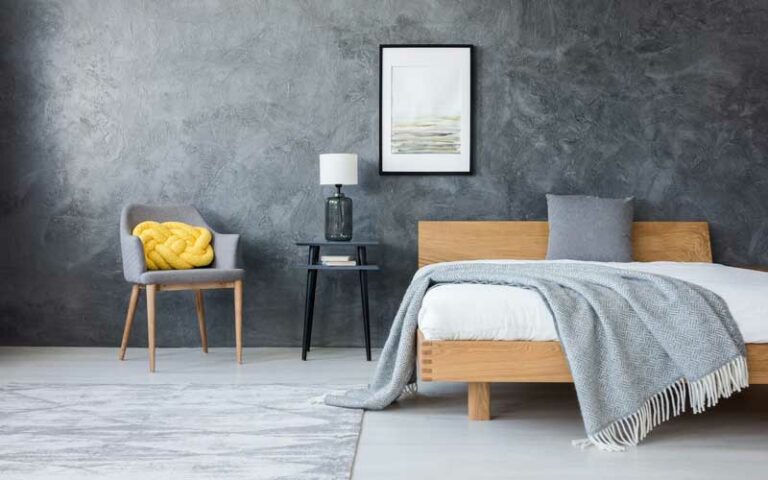A relaxing environment is a must for a good night’s rest. Studies show that people sleep better when their bedroom is designed with light, noise, and temperature in mind. Since sleep quality and the duration of your sleep are linked to other aspects of health, a bedroom environment that promotes sleep can also improve how you feel while you’re awake.
The best part is that you don’t need to break the best to achieve the perfect bedroom environment. There are many cost-effective ways to make your sleep space more comfortable.
Getting a good night’s sleep is dependent on your bedroom setting. That’s why it’s essential to create a space that will help you fall asleep and stay that way. It’s also a crucial part of your sleep hygiene and the quality of rest you get night after night.
Creating a relaxing atmosphere for sleep involves both visual design and practical setup. So now let’s get started with today’s guide on ‘The bedroom environment’ and discuss all the important elements that go into it.

[toc]
What are the most important elements of a relaxing bedroom environment?
As we’ve mentioned above, design isn’t the only thing to consider when you want to achieve a relaxing environment. There are multiple factors you have to take into consideration when creating the ultimate bedroom environment, and they are the following:
Temperature

Some people are hot sleepers, while others sleep somewhat cool. However, pretty much any healthy adult will experience a drop in their body temperature while they sleep. This is because a lower core temperature makes you sleepy, whereas a higher temperature helps you stay alert during the day.
Many experts agree that the ideal bedroom temperature for sleeping is 18.3 degrees Celsius, whether using a thin sheet or a thick comforter. You can maintain a lower core temperature while you sleep by setting your thermostat to a cooler setting.
However, 18.3 degrees may not be the optimum temperature for everyone. Most individuals should be able to sleep in a range of between 15 and 22 degrees Celsius. If you are someone who finds these settings too cold, you can always add a layer or two to your bedding. And if the weather is hot and humid, you should remove a layer or wear lighter garments in order to stay cooler.
Noise
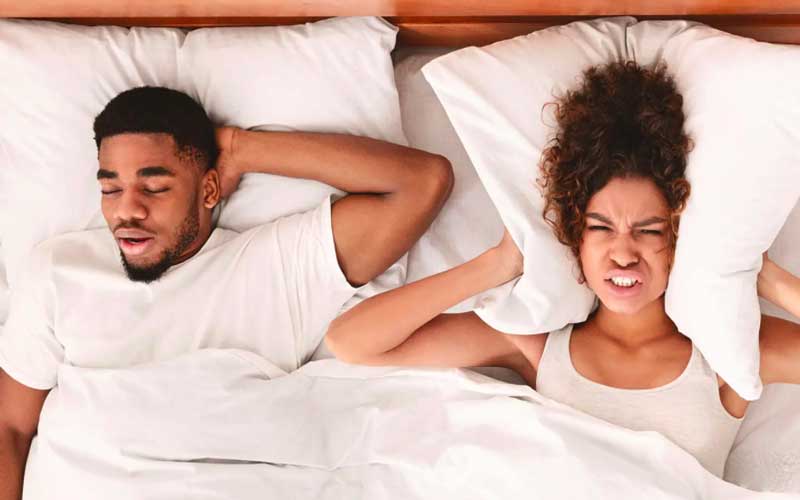
It’s no secret that a quieter bedroom is better for sleep than a louder one. Loud noise disruptions can cause sleep problems, and that can disrupt your mental and physical health. According to research, noise at low levels can cause you to shift to a lighter sleep stage or wake up briefly.
To keep your bedroom as quiet as possible, you need to block outside noises. For example, the whir of a fan or white noise machine can help you fall asleep by masking other sounds. Or maybe you are one of the people who enjoy listening to music when they go to sleep. Ambient sounds or soothing music can be used to alleviate anxiety and relieve pain. Last but surely not least, you might want to consider noise-blocking curtains since they are widely available.
Light
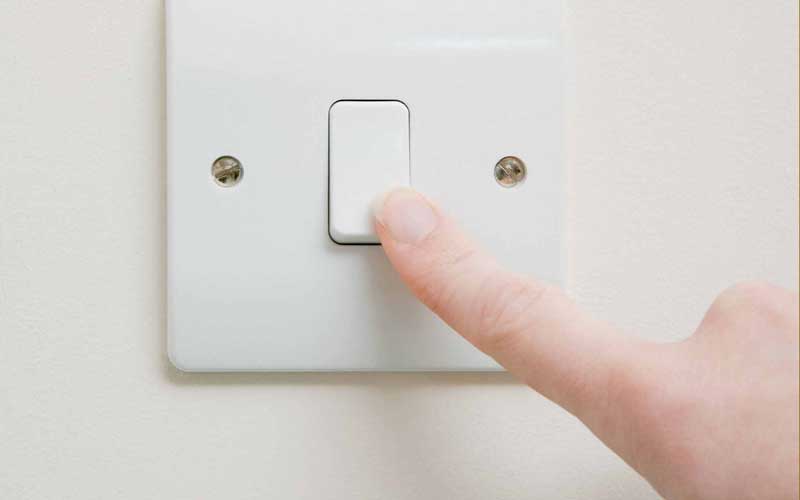
Natural light and darkness have a huge influence on your circadian rhythm (a.k.a. your sleep-wake cycle). For example, during the day, your eyes perceive sunlight and signal to your brain to produce cortisol, which is a hormone that helps you stay alert and energized. In contrast, when darkness falls, melatonin is produced in your brain to make you sleepy and relaxed.
Keep in mind that the time it takes you to fall asleep can be delayed by exposure to artificial light at night. Generally, light intensity is measured in units called lux. Studies show that exposure to light sources with a lux of 10 or higher later in the day can lead to more nocturnal awakenings and less slow-wave sleep, which is vital to cell repair and bodily restoration. Plus, the artificial blue light emitted from smartphones, televisions, and other devices with screens can also be harmful to your sleep.
If you enjoy reading in bed before sleep, keep your bedroom light levels as low as possible. You will be able to fall asleep more easily if you use dimmer lights. Overall, a good rule-of-thumb is to avoid using electronic devices in your bedroom (including TV).
Mattress & Bedding
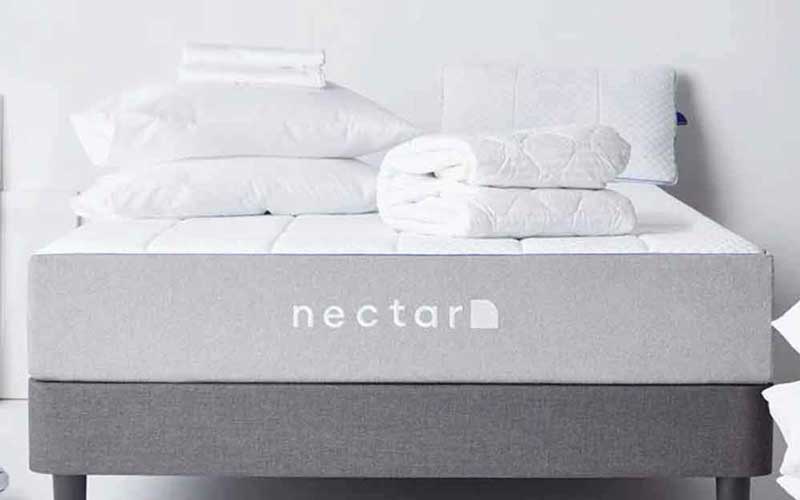
When it comes down to bedding and mattresses, we all have different preferences. We are going to discuss the most popular options for each piece of bedding:
Mattresses
Most people don’t know what type of mattress they prefer before they’ve actually tried it. Plus the one they’ve been using is probably ten years old, and a lot has changed since then. So before you buy a product, you should familiarise yourself with the most common types and how they are constructed:
- Memory Foam – memory foam mattresses contour to the body, which can be an excellent way for pressure relief. Memory foam tends to deform and take the body’s shape. However, keep in mind that it tends to stay warm, so if you’re a hot sleeper, you might need a cooler option.
- Innerspring – pocket sprung mattresses use coils, which typically provide the traditional bounce feel and firm support. Many people might find them old-fashioned, but they can be an excellent support source, especially when paired with a high-quality foam layer.
- Latex – latex mattresses often offer more bounce and responsiveness than an innerspring bed. In addition, they tend to be cooler, which is why they are a fan favourite in the summer. Plus, they have the most extended lifespan out of all the mentioned types.
- Hybrid – hybrid mattresses combine latex or memory foam layers with an innerspring layer (or two). They are designed with two sides that offer a different firmness level. This way, you get to pick and choose, while these items promote excellent support on both sides.
- Air mattress – As the name implies, air mattresses use an air pump to inflate to your desired firmness level. For the most part, both sides use a separate chamber of air to accommodate two sleepers, a great plus since they might have preference differences.
Pillows
Generally speaking, pillows are most dependent on their filling because this is an aspect that will show you how it holds up over time. You will find how it supports your head and neck and what type of comfort it adds to your bedding.
- Memory Foam – is a type of moldable foam initially developed by NASA, which has become a household favourite in many bedding products. The reason for that is memory foam moulds very precisely to the body, which provides custom support to relieve pressure points. Memory foam pillows will benefit sleepers greatly because it easily adapts to provide the right level of support.
- Down – is a plush and luxurious filling that creates the comfiest pillow out there. It’s made out of soft, fine down feathers of ducks and geese, which allows your head and neck to sink right into the cloud-like down pillow. Some down-alternative fillings are hypo-allergenic and cost-friendly if you’re on a budget.
- Cotton – has been the most used option for years since it is hypo-allergenic, breathable, cool, and easy to care for. Nowadays, cotton pillows are considered a little old-fashioned because they flatten out over time and need to be replaced regularly.
- Polyester – lastly, we have the most inexpensive type of pad. Polyester pillows hold their shape longer than cotton options, but they often become lumpy and less supportive over time. That means a frequent replacement, but it’s an easy thing to do because of their price.
Pillowcases
Pillowcases can be made from various materials and fabrics. When it comes down to pillowcases, the material is the most crucial factor, and you need to know what you’re purchasing. However, not all materials are optimal for everyone, and some fabrics are better than others. Here are the most common options:
- Cotton – is the most popular option because it’s soft and breathable. It keeps you cool and often comes with an affordable price tag. With that said, not all cotton is created equal. The best option for sheets and cases is Egyptian cotton.
- Silk – another loved option are silk pillowcases. It is the best fabric for pillowcases due to the many cosmetic benefits it comes with. Pure silk is smooth and can help reduce wrinkles and lines because it doesn’t absorb facial oils like other materials.
- Satin – is the reasonably priced alternative to silk. It is a weave rather than a specific material, which can be crafted from polyester, nylon, and even silk.
- Linen – is made from fibres from a plant known as flax. It isn’t as soft as others, but it is extremely light and breathable, making it highly suitable for places with hot climates.
- Polyester – is an affordable fabric that is usually hypo-allergenic and wrinkle-resistant. It is exceptionally soft when woven into a brushed microfiber.
- Flannel – is a weave made from cotton, wool, or polyester suitable for cooler climates. It’s great for keeping you warm, but it isn’t silky smooth, nor does it wick moisture away.
- Nylon – lastly, we have a synthetic material made from a plastic polymer. It is a stretchy material with a shiny look and a smooth feel. However, it is not breathable or soft.
Duvets
First and foremost, the factor you should always consider when it comes down to duvets is their filling. Filling’s can be separated into two big groups, which are natural and synthetic:
Natural
- Down is actually the delicate feathers of a bird, and it comes in different colours and can vary in quality depending on a few factors like maturity and species. Most times, you’ll find products filled with either duck down or goose down. Duck feathers are lighter and cooler, where goose ones are larger and warmer.
- Silk and bamboo are next and what makes them great is that they are 100% hypo-allergenic. So people with sensitive skin and allergies can finally have a suitable textile, an excellent insulator that excels at wicking away moisture, so you are cool and dry.
- Wool is another great choice that can wick up to a third of its weight in moisture! That is essential for hot sleepers! It is on the heavier side, and it is denser, but it comes from an animal-friendly, renewable resource.
Synthetic
After the natural fills come to the synthetic ones and, more specifically, microgel.
- Microgel emulates down, but it is 100% polyester, making it hypo-allergenic and easy to care of. This is an affordable option with great value for those on a budget. Something to keep in mind is that synthetic fills are required roughly three times the amount of filling for a natural one; therefore, they are on the heavier side.
Sheets
We spend a third of our life between the sheets, so we might as well choose ones we can’t wait to crawl into. You want to invest in quality bedding that will last, and there are a few factors to think about when making this decision. They are the following:
- Thread Count – Know that thread count isn’t everything, and some manufacturers make high thread counts without actually increasing quality. Overall, the sweet spot for softness and strength should be around 200 to 500. Some sheets above that can offer better quality, but everything after 800 will feel the same, so you might as well not spend a fortune.
- Fibre Content – One of the best options out there is 100% cotton because it’s soft and affordable. If you have some extra cash to spend, you can always opt for premium Extra-Long Staple (ELS) cotton such as Egyptian or Pima, which are softer and more durable.
- Weaves – When we talk about weaves, your primary options are percale or sateen, where percale is a grid-like weave with a more of a light, crisp feel, and sateen feels silky smooth. The weave choice isn’t really anything but personal preference, but with that said, most consumers tend to favour sateen.
Mattress Toppers
Know that personal preference plays a role, but there are still other factors you have to consider when buying a new topper. They are the following:
- Thickness & Density – If you’re wondering how to pick this type of product, you can start by thinking about its thickness. Generally, it ranges from 5 to 20cm, and a thicker option will be ideal if you’re looking to revitalise an ageing mattress. Keep in mind that the higher the density, the more amount of support it can provide.
- Firmness & Support – If you’re looking for a product that will provide you with much-needed pain relief and add support to your night’s schedule, you should be thinking about either memory foam or latex options. They will provide you with the mentioned expectations.
Promoting healthy sleep can be accomplished with a sanitary bedroom. Dust mites and small arthropods can cause allergies if they are present in your bedding, which is why you should regularly wash it and clean your carpet (if you have one). It is advisable to follow washing and drying instructions on the care tags of your bedding.
Smell
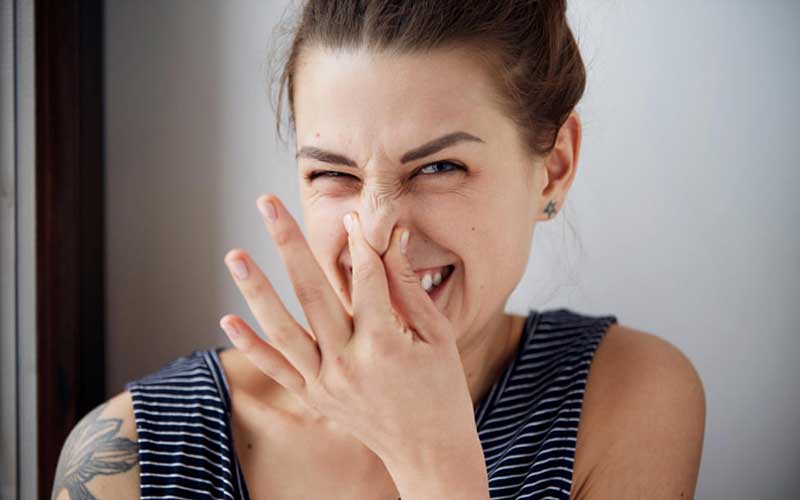
It’s essential to have the right scents in your bedroom when you go to sleep. While odours do not usually cause people to wake up from sleep, they can help cultivate a calm environment for quality rest. It can be easier to get a good night’s sleep with the help of essential oils such as lavender. That’s why you might want to try an aroma diffuser or just use a few drops of lavender on your pillow.
Air Quality
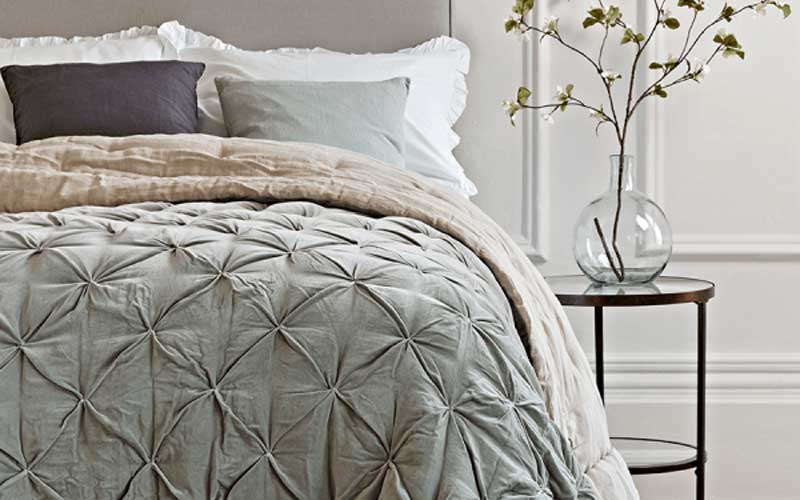
Air quality is important for your health, but it might not be the first thing that comes to mind when setting up a bedroom. According to research, fresher air is associated with better sleep, and there are correlations between insomnia and mould build-up.
Ensuring proper airflow and avoiding excess humidity can help combat mould growth, while regular cleaning can cut down on dust mites. However, if you have issues with allergies, you can ask your doctor to recommend ways to reduce the number of allergens in your environment.
Bottom line
When you think about getting a good night’s rest, the right bedroom environment might not be the first thing you think about, but the truth is that it combines all the elements you need in order to get quality sleep.
We hope that we could answer all of your questions regarding the bedroom environment and what you need to consider to achieve the perfect one. Now it’s our turn to hear from you if any questions regarding the subject were left unanswered. If you want to share some information, we would gladly hear about it in the comments below.

